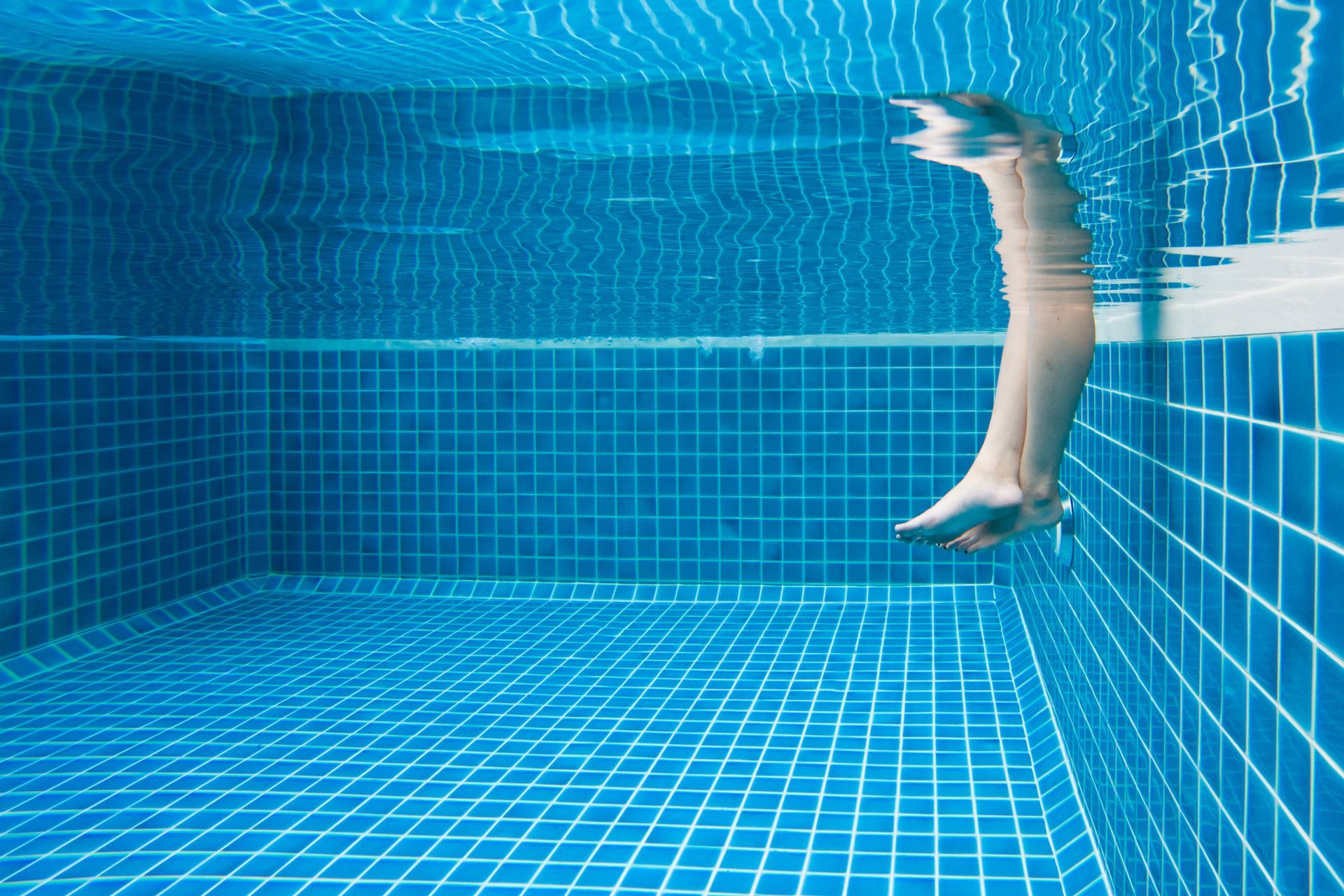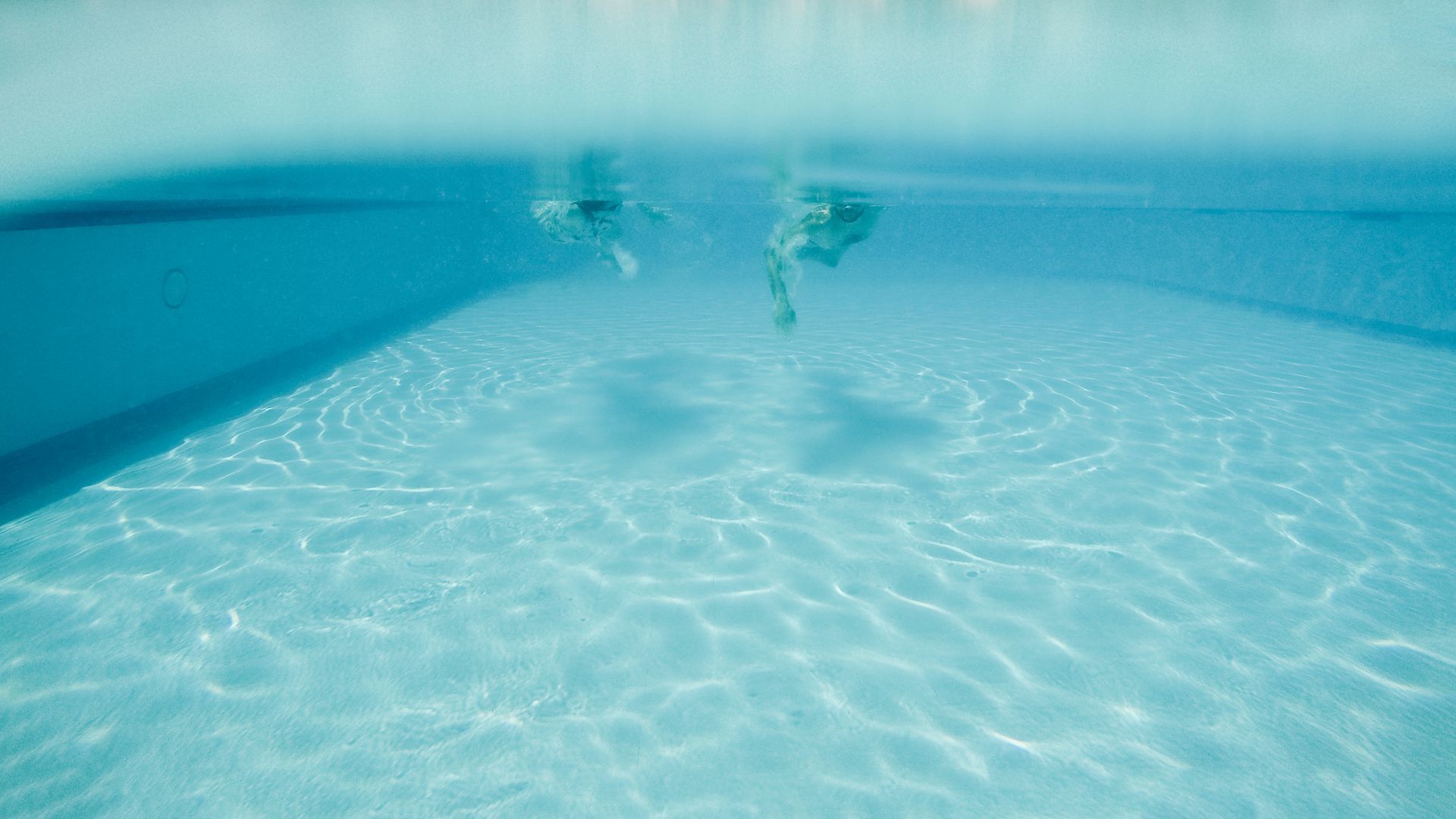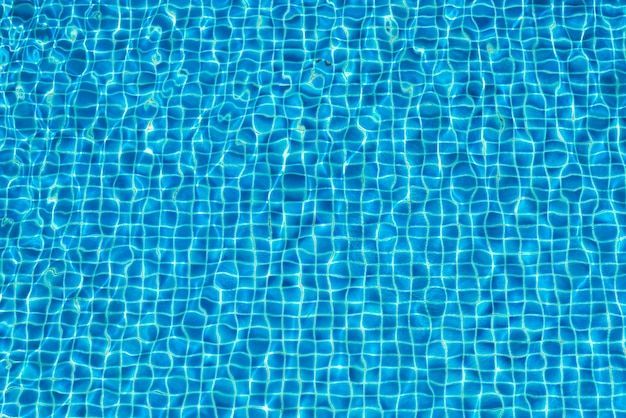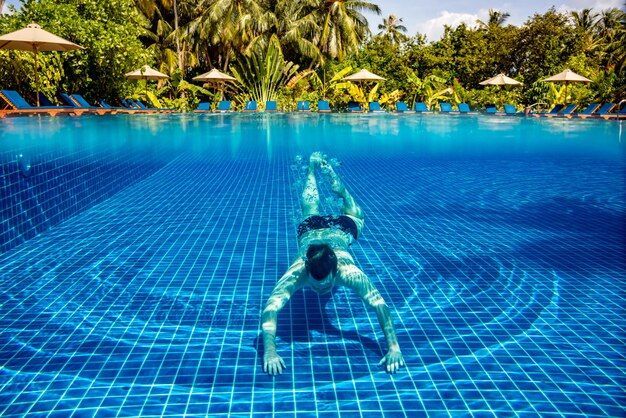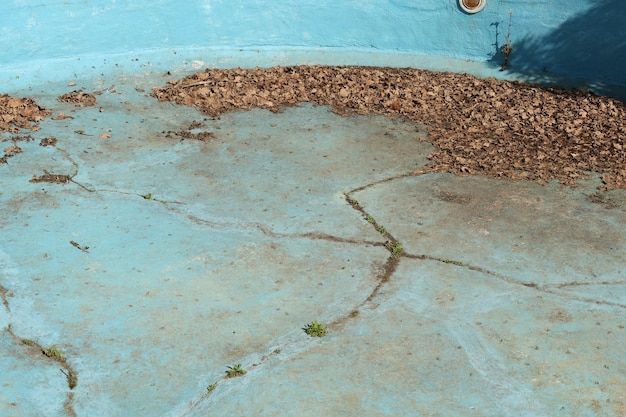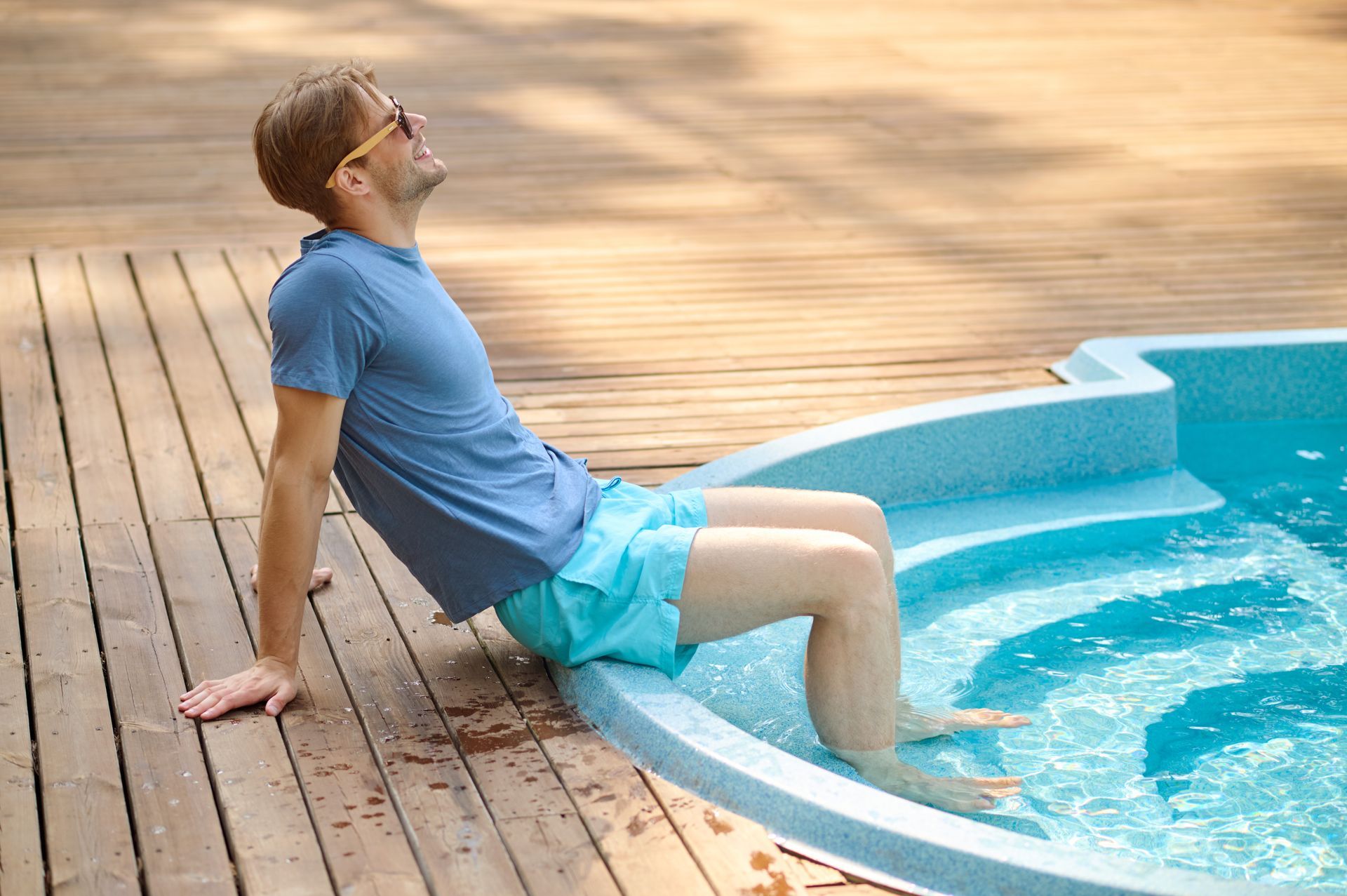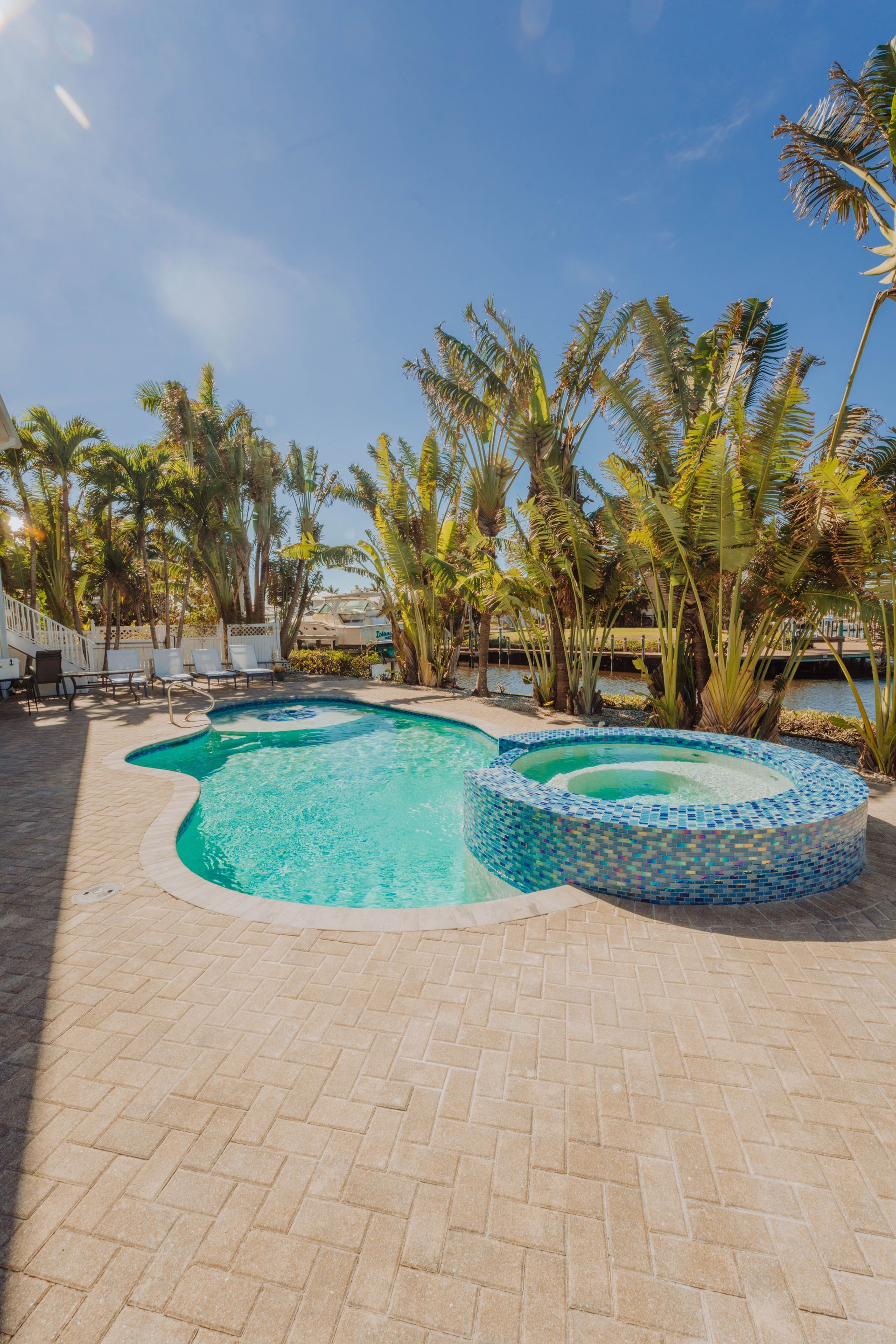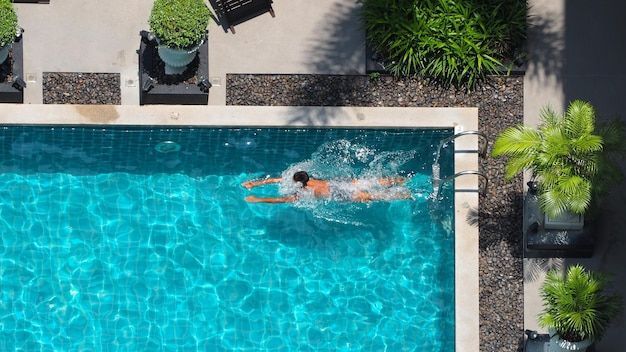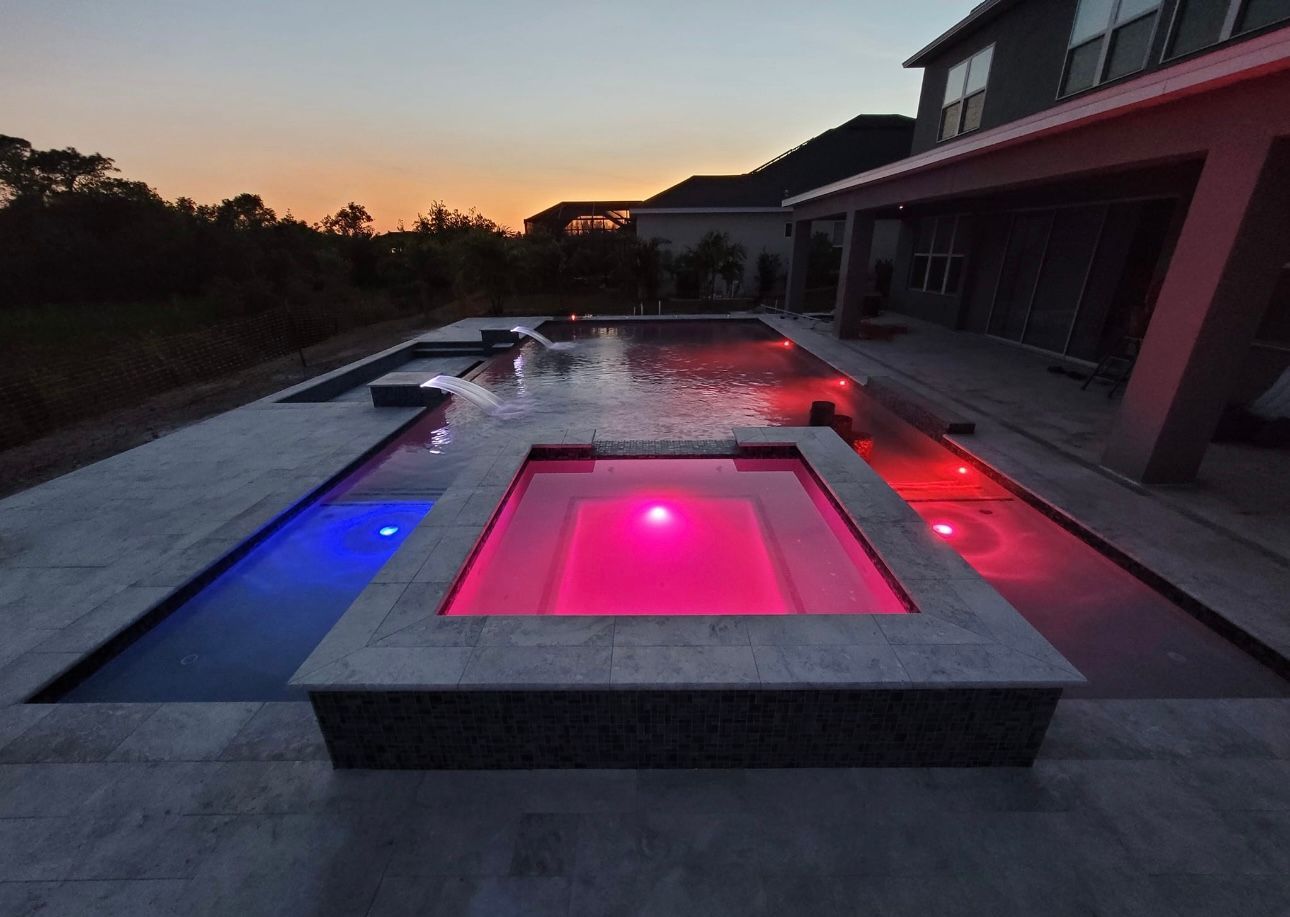ESSENTIAL AFTERCARE TIPS FOR YOUR NEWLY REMODELED POOL
Transforming your outdated pool into a modern oasis is an exciting project. Pool remodeling breathes new life into your backyard, enhancing both aesthetics and functionality. At Gold Standard Pools, we specialize in turning your aquatic dreams into reality through expert renovation and construction services.
However, the journey doesn't end when the last tile is set or the final coat of plaster dries. Proper aftercare is crucial to protect your investment and ensure your newly remodeled pool remains a source of joy for years to come.
In this guide, we'll walk you through essential aftercare steps. From initial care to long-term maintenance strategies, you'll learn how to preserve your investment.
Aftercare Matters and Here are Some of the Reasons
1. Longevity: Appropriate maintenance preserves the new surfaces and equipment, extending the life of your remodeled pool.
2. Water Quality: Proper chemical balance protects both swimmers and pool surfaces from potential harm.
3. Energy Efficiency: Regular upkeep of new, efficient equipment ensures it continues to operate at peak performance.
4. Aesthetic Appeal: Consistent care maintains the fresh, attractive appearance of your remodeled pool.
5. Cost-Effectiveness: Preventive maintenance can help avoid costly repairs down the line.
Initial Pool Care After Remodeling

The first few weeks after your pool remodel are crucial for ensuring the longevity and quality of your new pool surfaces and equipment. Here's what you need to focus on:
1. Water Chemistry Balancing
Proper water chemistry is the foundation of pool care, especially for a newly remodeled pool. Before adding any chemicals, test the water using a reliable test kit or bring a sample to a professional for analysis. Make small, incremental changes to avoid shocking the new surfaces.
2. Running the Filtration System
Proper circulation is key to maintaining water quality and protecting your new pool surfaces. Run the pump 24/7 for the first 7-10 days after the remodel. After the initial period, reduce run time to 12 hours daily for the next few weeks, and eventually, for 1 hour of filtration per 10°F of water temperature daily.
3. Brushing and Cleaning Surfaces
Regular brushing helps distribute chemicals and prevents the buildup of contaminants. Brush the entire pool surface at least once daily for the first two weeks. Use a soft-bristled brush to avoid damaging new surfaces. Brush from the shallow end to the deep end, pushing debris towards the main drain.
Surface-Specific Care:
- For plaster: Use extra care in the first month as the surface cures.
- For pebble or quartz finishes: Follow manufacturer guidelines for initial care.
Skimming: Remove floating debris daily to prevent staining and reduce chemical demand.
Vacuuming: Wait at least a week before vacuuming a newly plastered pool. Use a soft-wheeled vacuum head to avoid marking the new surface.
Clic here to read more about in our article How to Keep your Pool Crystal Clear.
Maintaining Water Quality
After the initial break-in period, maintaining consistent water quality is key to preserving your newly remodeled pool. Proper water maintenance protects both swimmers and your pool's new surfaces and equipment.
Regular Testing and Chemical Adjustments
Consistent monitoring and adjustment of your pool's chemistry is crucial for long-term care. Test your pool water at least 2-3 times per week during peak swimming season. In cooler months or periods of low use, weekly testing may suffice.
Key Parameters to Test:
- pH
- Chlorine (or other sanitizer) levels
- Total alkalinity
- Calcium hardness
- Cyanuric acid (if using stabilized chlorine)
Adjustment Tips:
- Always add chemicals to water, not water to chemicals.
- Make gradual adjustments to avoid drastic changes in water chemistry.
- Allow the pump to run for at least 4-6 hours after adding chemicals before retesting.
- Consider having your water professionally tested monthly, especially in the first year after you pool remodel.
Caring for New Pool Surfaces
After a pool remodel, proper care of your new surfaces is crucial. Different finishes require specific care routines, and understanding how to prevent stains and etching will keep your pool looking great for years to come.
Pool Surface Care

Plaster Finish
Plaster is a classic pool surface that requires careful attention, especially in the first month after installation.
Initial Curing:
- Run the pump continuously for the first 7-10 days.
- Brush the entire pool surface twice daily for the first two weeks, then once daily for the next two weeks.
- Maintain pH between 7.2 and 7.6, and alkalinity between 80-120 ppm.
Long-term Care:
- Continue regular brushing at least weekly.
- Avoid using automatic pool cleaners for the first month.
- Be cautious with metal objects that could leave rust stains.
Pebble Finish
Pebble finishes are durable but still require proper care to maintain their unique texture and appearance.
Initial Care:
- Follow manufacturer's specific instructions for startup procedures.
- Brush the surface daily for the first week to remove any loose pebbles.
- Maintain proper water chemistry to prevent scale buildup.
Ongoing Maintenance:
- Use a nylon brush for regular cleaning to avoid damaging the pebbles.
- Be cautious with automatic pool cleaners; ensure they're suitable for pebble finishes.
Tile Finish
Tile offers a luxurious look but requires specific care to prevent calcium scale buildup.
Initial Care:
- Clean off any grout haze within the first week using manufacturer-recommended products.
- Maintain balanced water chemistry from day one to prevent scale formation.
Regular Maintenance:
- Clean the waterline weekly to prevent scale and oil buildup.
- Use a soft brush or sponge to avoid scratching the tile surface.
- Consider using a tile-specific cleaner periodically.
Equipment Maintenance
Proper maintenance and use of your pool equipment is crucial for ensuring the longevity and efficiency of your newly remodeled pool. Regular care of pumps, filters, and heaters not only extends their lifespan but also helps maintain water quality and reduces energy costs.
Pumps
Modern pool pumps, especially variable-speed models, offer energy efficiency and performance benefits.
- Run the pump long enough to turn over the pool's entire volume at least once daily.
- For variable-speed pumps, use lower speeds for continuous filtration and higher speeds for cleaning or running water features.
- Check the pump basket weekly and clean out any debris.
- Listen for any unusual noises that might indicate a problem.
- Ensure proper water level in the pool to prevent the pump from running dry.
Filters
Your filter type (sand, cartridge, or DE) will determine specific maintenance needs.
- Backwash when pressure gauge reads 8-10 PSI above the clean starting pressure.
- Replace sand every 5-7 years or as recommended by the manufacturer.
- Clean cartridges when pressure gauge reads 8-10 PSI above starting pressure.
- Deep clean cartridges with a filter cleaner solution every few months.
- Replace cartridges every 3-5 years or as needed.
DE (Diatomaceous Earth) Filters
- Backwash when pressure gauge reads 8-10 PSI above starting pressure.
- Recharge with fresh DE after each backwash.
- Periodically disassemble and deep clean grids.
Heaters
Proper heater maintenance ensures efficient operation and extends equipment life.
- Use a pool cover to retain heat when the pool is not in use.
- Consider heating only when needed rather than maintaining a constant temperature.
- Check for any obstructions around the heater that might impede airflow.
- Look for signs of animal or insect nests, especially before first use each season.
- Have a professional service the heater annually, preferably before peak season.
Regular Cleaning and Inspection
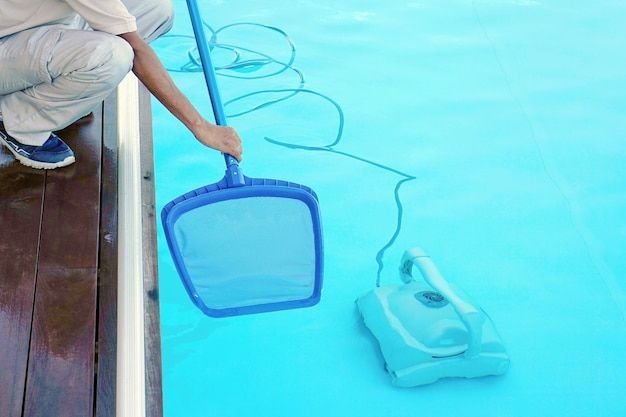
Routine care prevents small issues from becoming major problems.
Weekly Tasks:
- Check and empty pump and skimmer baskets.
- Inspect visible pipes and connections for leaks.
- Clean pool deck around equipment to prevent debris from entering the system.
Monthly Tasks:
- Check water chemistry and balance as needed.
- Inspect O-rings and lubricate if necessary.
- Test GFCI (Ground Fault Circuit Interrupter) outlets for proper operation.
Quarterly Tasks:
- Inspect and clean salt cell if you have a salt water system.
- Check and clean automatic pool cleaner parts.
- Lubricate O-rings on equipment as needed.
Annual Tasks:
- Have a professional inspect and service all equipment.
- Check for signs of wear on all equipment and replace parts as needed.
- Clean and inspect heater, checking for any signs of corrosion or damage.
General Tips
- Keep detailed records of all maintenance performed.
- Address any unusual noises, smells, or performance issues promptly.
- Consider professional maintenance contracts for complex systems.
Landscaping and Deck Care
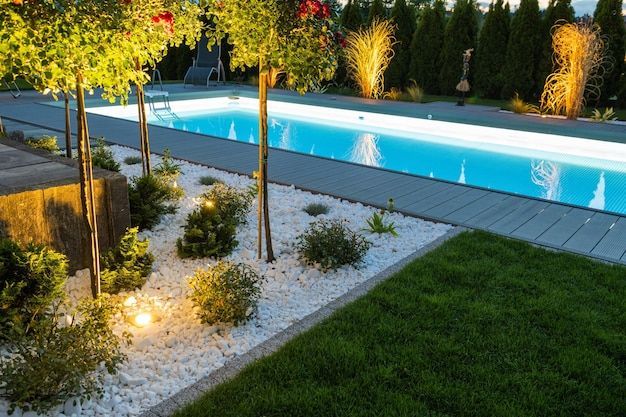
The areas surrounding your newly remodeled pool play a crucial role in both the aesthetic appeal and the overall maintenance of your pool. Proper care of your landscaping and deck not only enhances the beauty of your pool area but also helps prevent debris from entering the pool, reducing maintenance needs and protecting your pool's new surfaces and equipment.
Maintaining Surrounding Areas
Lawn Care:
- Mow grass regularly, directing clippings away from the pool.
- Consider installing a border of mulch or gravel between grass and the pool deck to minimize grass clippings entering the pool.
- Water lawn adequately to prevent dry, dead grass from blowing into the pool.
Plant Selection and Maintenance:
- Choose plants that produce minimal debris, such as evergreens or plants with large leaves.
- Avoid trees and plants known for heavy shedding, such as willows, poplars, or fruit trees.
- Regularly prune trees and shrubs near the pool to control growth and reduce fallen leaves.
- Consider plants with deep root systems to prevent soil erosion around the pool.
Hardscaping:
- Regularly inspect and clean decking, patios, and walkways.
- Seal concrete or natural stone surfaces annually to protect against staining and weather damage.
- Repair any cracks or uneven areas promptly to prevent tripping hazards and water accumulation.
Drainage:
- Ensure proper grading around the pool to direct water away from the pool and deck.
- Clean and maintain gutters and downspouts to prevent overflow onto the pool deck.
- Consider installing a French drain system if you have persistent drainage issues.
Preventing Debris from Entering the Pool:
- Use a pool cover when the pool is not in use, especially during seasons with heavy leaf fall.
- Install fencing, hedges, or screens strategically to reduce wind-blown debris.
- Sweep or blow the deck area regularly, directing debris away from the pool.
When to Call a Professional
While regular maintenance of your remodeled pool can be managed by homeowners, there are situations where professional expertise is crucial. Knowing when to call in an expert can prevent minor issues from becoming major problems. Here are some of the signs that indicate need for expert assistance:
- Persistent cloudiness or discoloration despite proper chemical balance
- Inability to maintain proper chlorine levels
- Recurring algae blooms despite regular treatment
- Noises from the pump or filter system
- Leaks or unexplained water loss
- Rough spots or peeling on pool surfaces
- Any signs of electrical problems (never attempt DIY electrical repairs around water)
- Air bubbles in the return jets when the pump is running
- Inconsistent water flow from returns or skimmers
Importance of Regular Professional Inspections
Regular professional inspections are crucial for maintaining the health and safety of your remodeled pool. Here's why they matter:
- Professionals can spot potential issues before they become serious problems (this means less expensive repairs)
- Regular inspections ensure all equipment is operating at peak efficiency (this means energy savings)
- Professionals can verify that all safety features are functioning correctly
- Expert analysis of water chemistry can prevent long-term damage to pool surfaces and equipment
- Ensure your pool meets all local health and safety regulations
- Regular professional care can significantly extend the life of your pool and its equipment
At Gold Standard Pools, we offer comprehensive inspection and maintenance services for remodeled pools. Our expert technicians are trained to spot potential issues early and provide efficient solutions. We recommend scheduling professional inspections at least twice a year - at the beginning and end of your primary swimming season. For year-round pools, quarterly inspections are ideal. Clic here to know more about our services.
Protecting Your Pool Remodeling Investment

As you've learned throughout this guide, proper aftercare is crucial to maintaining the beauty, functionality, and longevity of your renovated aquatic oasis. Let's recap the long-term benefits of proper maintenance:
Extended Lifespan: Consistent care significantly prolongs the life of your pool surfaces and equipment.
Cost Savings: Regular maintenance prevents costly repairs and replacements down the line.
Energy Efficiency: Well-maintained equipment operates more efficiently, reducing energy costs.
Water Conservation: Proper care minimizes the need for draining and refilling, conserving water.
Enhanced Enjoyment: A well-maintained pool is always ready for use, maximizing your enjoyment.
Increased Property Value: A beautiful, well-kept pool adds significant value to your home.
Health and Safety: Consistent maintenance ensures a safe and healthy environment for swimmers.
At Gold Standard Pools, we're committed to helping you protect your investment. Remember, your remodeled pool is more than just a beautiful addition to your home—it's a long-term investment in your property and lifestyle. By following these aftercare guidelines and partnering with professionals for regular maintenance, you're ensuring that your pool remains a source of joy and relaxation for years to come. Don't hesitate to reach out to Gold Standard Pools for any assistance or questions about pool care.
